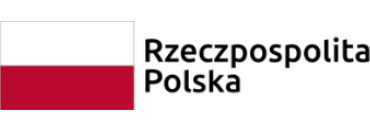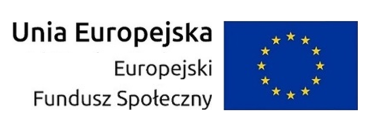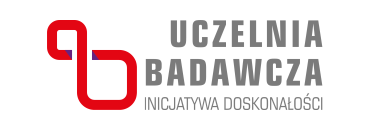Geodesic paths in simple graphs for some social insects
- Prelegent(ci)
- Maria Vela-Perez
- Afiliacja
- IE University, Segovia
- Termin
- 12 października 2011 16:15
- Pokój
- p. 5820
- Seminarium
- Seminarium Zakładu Biomatematyki i Teorii Gier
Social insects are an important example of complex collective behavior.
In particular, ant colonies develop diff erent tasks as foraging, building
and allocation [1]. While they search for food they deposit a pheromone
that it is considered as a crucial element in the mechanism for finding
minimal paths. The experimental observations suggest that the model should
include the presence of pheromone and the persistence (tendency to follow
straight paths in the absence of other effects).
In our study [2], we will consider ants as random walkers where the
probability to move in one or another direction is influenced by the
concentration of pheromone near them (reinforced random walks). We are
mainly interested not in an individual random walker but rather on a large
number of random walkers, their collective behavior, and the possibility
for them to aggregate forming geodesic paths between two points in some
simple networks.
We investigate the behavior of ants in a two node network and in a three
node network (with and without directionality constraint). Our analytical
and computational results show that in order for the ants to follow
shortest paths between nest and food, it is necessary to superimpose to
the ants' random walkthe chemotactic reinforcement. It is also needed a
certain degree of persistence so that ants tend to move preferably without
changing their direction much. Another important fact is the number of
ants, since we will show that the speed for finding minimal paths
increases very fast with it.
Bibliography
[1] B. Holldobler and K. Wilson. The ants, Berlin: Springer, 1990
[2] M. Vela-Perez, M. A. Fontelos and J. J. L. Velazquez.
Ant foraging and minimal paths in simple graphs, submitted for publication
 Nie jesteś zalogowany |
Nie jesteś zalogowany |



















